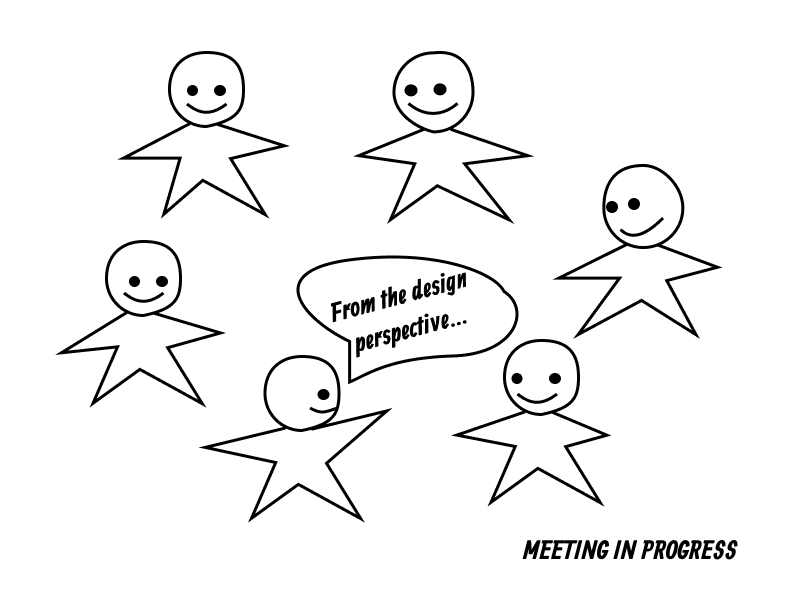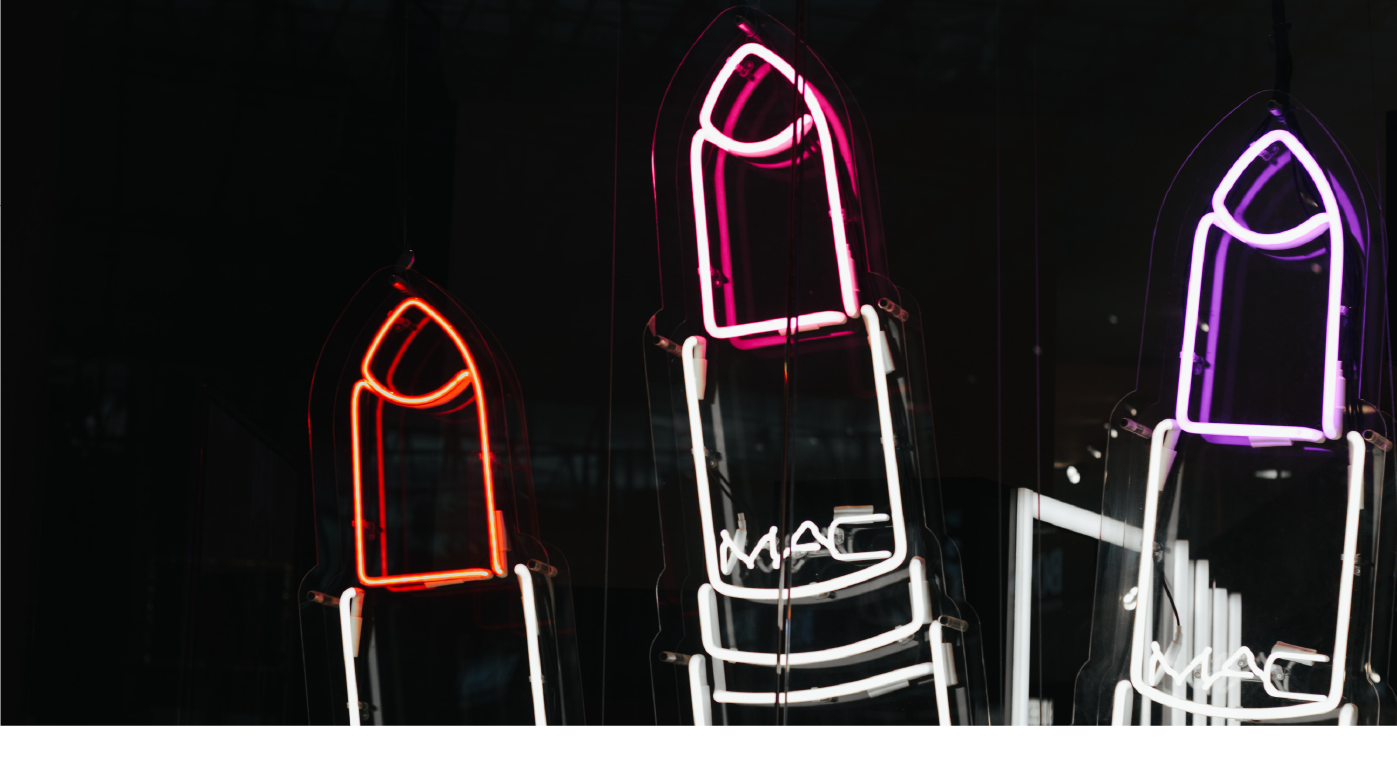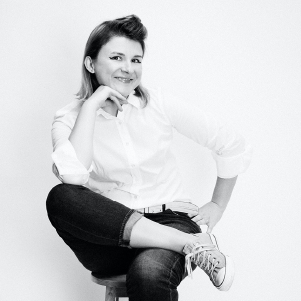“Oh, so you make things look pretty?”
Many of us have heard this at least once, if not more, throughout our careers as designers. Years of misconception and we continue to clarify what it is we do. It’s one thing when it happens in social settings with someone you just met, but it’s another when it happens in your product organization with your fellow colleagues (non-designers).
I personally don’t mind explaining. It helps me practice and refine my story. The only thing is, it’s not that easy to explain in a few words. Therefore, I decided to write this article to explain what it is we do as product designers.
We solve problems
Problem-solving is the most exciting part of product design. It’s like solving a complex puzzle where everything is in chaos at first, but then you begin sorting by shape, size, color, pattern. In our case, the shape, size, color and pattern represent the user needs, business goals, technical constraints and UX best practices. Suddenly, all the pieces come together!

It’s our responsibility as product designers to help define the problem for every project we work on as a team, to keep us aligned and focused. The two questions I alway ask myself and the team are:
- “What’s the problem we’re solving?”
- “Who are we solving it for?”
We actively participate
Product designers actively participate in all product-related discussions, the implementation process, and planning the future for the product.

Product designers should not be outsiders, pushing pixels based on other people’s decisions. Design should never be an afterthought. It should be intentional. This is why, rather than working on the latest project in the design phase, we actively engage in all phases of the product: from discovery to ideation to delivery to iteration.
Product designers play an important role throughout the entire process, the role of representing our users and advocating for their needs. Our product team would not know what to build without understanding the needs of our users. Our engineers would not know what to implement without the specifications from design. It would be difficult for our team to analyze our product performance in production without having a good understanding of the whys, without knowing the context. This is why product designers should be included on all product-related conversations.
We work in collaborative partnerships
Product designers are strategic thought partners to their product team’s counterparts. Design can only be impactful when working in close partnership with Product Management and Engineering. It helps us create solutions that are valuable, usable and feasible.

This means:
- having an open and continuous discussion
- defining the product collaboratively
- making decisions together
- owning the product as a team
We advocate for our users
As product designers, our mission is to advocate for our users and build empathy within our product team, and the broader organization.

We own the discovery process and, in collaboration with our Product Manager, we speak to our users on a regular basis. We facilitate research sessions and bring back our learnings to ensure our team is aligned. We share stories of our users with our business stakeholders. We invite our engineers and business stakeholders to sit in on our research sessions. Staying connected with our users helps us focus on the user outcomes and build products that provide value.
We are business-minded
Product designers are business-minded.

The business need is just one piece of the puzzle that we solve as product designers. Without understanding the business our puzzle is incomplete. We need to know the business inside and out. How do we do it? We collaborate closely with different business groups across the organization. We embed ourselves, if necessary, we observe and absorb. We dive deep to understand risks, limitations and constraints.
Being business-minded enables us to cultivate effective team communication, to ensure our team members and our business stakeholders understand our ideas clearly. It provides us with the authority beyond visual mockups and interactions. It empowers us to solve real business problems and create customer-centric solutions that are always aligned with the business goals and objectives.
We use data
Product designers use and understand data. It helps us make informed design decisions.

We reference quantitative data to help us prioritize work, to determine the success of our designs, and to measure business impact. We collect qualitative data (through various methods of user research) to understand the whys. Both go hand in hand together and help designers react and iterate.
We prototype
Product designers are visual communicators. We use prototyping heavily.

Prototyping is a powerful tool to communicate ideas that we put in front of our product team, our business stakeholders and our users. It allows us to test our concepts with our users before having to spend valuable engineering time coding. It helps us and our team understand the parameters and the constraints, and figure out solutions that work. We start at low fidelity and finish with polished design assets, ready to be broken down into tickets for engineers to build.
Next week I am joining a new company as their first product designer. It’s a big step in my career journey, full of great responsibility and diverse opportunities. As I enter this next stretch of my career, I am excited about making an impact through the lens of design. I am thrilled about the opportunity of establishing design as a discipline and strengthening the company’s design culture. I am eager to learn from the incredibly talented, intelligent and driven team of my new colleagues.
And in case someone asks me “Oh, so you make things look pretty?” I will say: “Yes. Yes, I do. But that’s just one small piece of the puzzle I solve” (and then send them this article).








